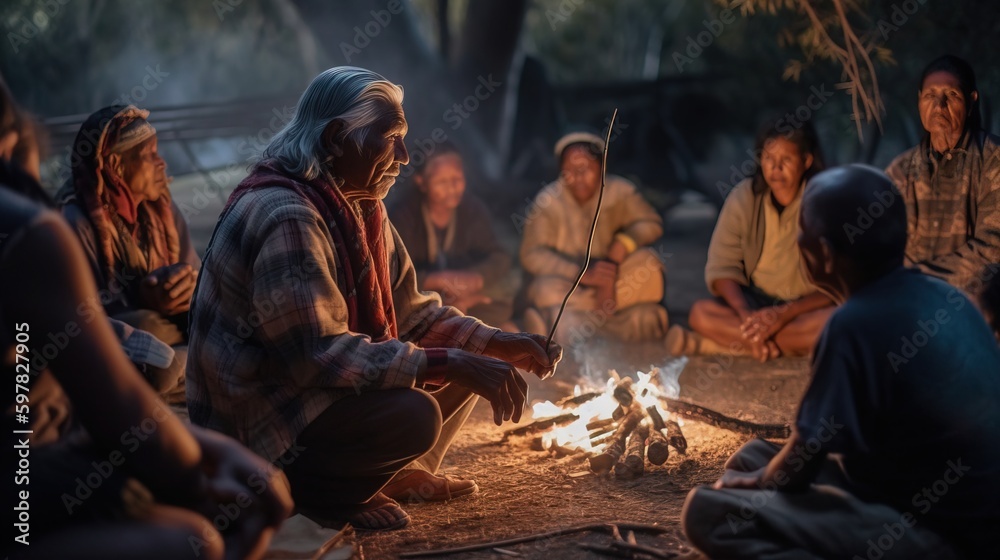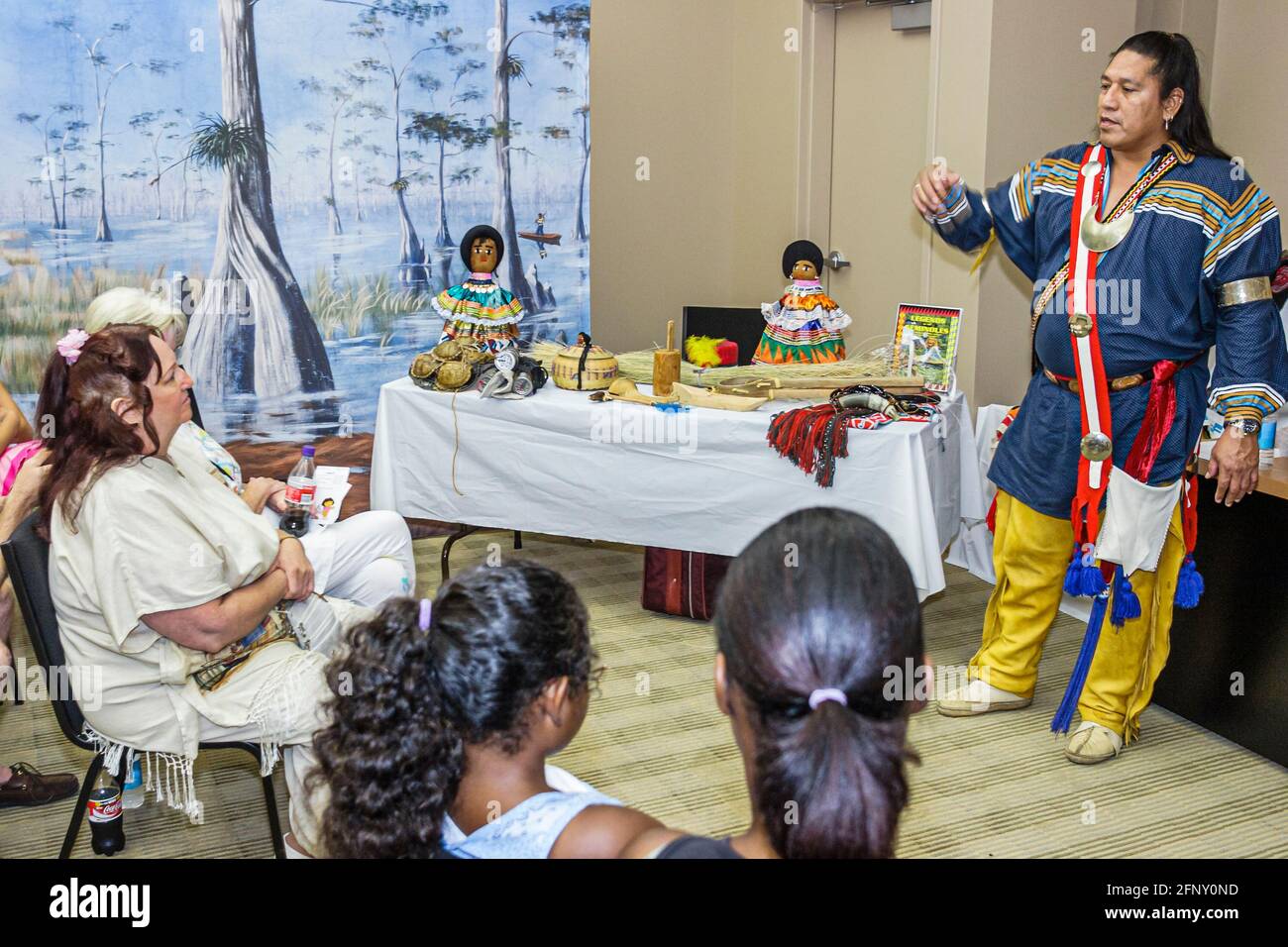
The Enduring Tapestry: Storytelling Sessions by Native American Elders
Storytelling, in Native American cultures, transcends mere entertainment; it is the living repository of history, law, spirituality, and identity. At the heart of this profound tradition are the elders, revered figures who serve as the custodians of collective memory and wisdom. Their storytelling sessions are not merely recitations but dynamic, immersive experiences that weave together the past, present, and future, ensuring the continuity of cultural heritage across generations. This exploration delves into the multifaceted nature of these sessions, examining their context, purpose, artistry, and enduring significance.
The Elder as Custodian of Knowledge
In virtually all Indigenous societies of North America, elders occupy a position of unparalleled respect and authority. This reverence stems from their accumulated life experience, their deep understanding of tribal customs, their fluency in native languages, and their mastery of the vast oral traditions. An elder’s mind is a living library, containing genealogies, historical accounts, ceremonial protocols, ecological knowledge, and the intricate narratives that define a people. They are not simply storytellers but "knowledge keepers," entrusted with the responsibility of transmitting this invaluable heritage.
Their role is meticulously cultivated over a lifetime of attentive listening and participation. They learn the stories from their own elders, internalizing not just the plots but the nuances of delivery, the appropriate contexts for telling, and the underlying lessons embedded within each narrative. This deep engagement transforms them into living links to ancestral wisdom, ensuring that the voices of those who came before continue to resonate through contemporary communities. The act of an elder telling a story is, therefore, a sacred trust, a deliberate and intentional act of cultural preservation.

The Sacred Space of Storytelling
Storytelling sessions by Native American elders are often deeply contextualized, taking place in settings and at times that amplify their significance. Traditionally, these gatherings might occur around a crackling fire in a lodge or hogan, within the communal space of a longhouse, or simply in the intimate setting of a family home. The atmosphere is typically one of reverence and focused attention, where listeners are expected to be present and receptive.
The timing of storytelling can also be significant. Many cultures observe seasonal restrictions on certain types of stories. For instance, winter is often the designated time for telling sacred myths, creation stories, and trickster tales. This practice is rooted in practical and spiritual considerations: winter nights are long, providing ample time for extended narratives, and the absence of agricultural work allows for greater community gathering. Spiritually, some stories are believed to call upon powerful forces or spirits, and their telling during certain seasons (e.g., growing seasons) might be seen as disruptive or inappropriate. Conversely, personal anecdotes, historical accounts, or ethical lessons might be shared year-round, adapted to specific teachable moments. These contexts underscore that storytelling is not arbitrary but an integral part of the cosmological and social fabric of the community.
A Pantheon of Narratives: Genres and Themes
The repertoire of Native American elder storytellers is extraordinarily rich and diverse, encompassing a wide array of genres, each serving distinct purposes:
-
Creation and Origin Myths: These are foundational narratives that explain how the world, humans, animals, and natural phenomena came into being. They articulate a people’s worldview, their relationship to the land, and their place within the cosmos. Examples include the Navajo creation story of the Diyin Dine’é (Holy People) emerging through various worlds, or the Iroquois story of Sky Woman falling to earth to create Turtle Island. These stories are deeply sacred and often told with specific ceremonial protocols.
-
Trickster Tales: Found across nearly all Native American cultures, trickster figures like Coyote (Plateau, Great Basin, Southwest), Raven (Northwest Coast, Alaska), Nanabozho/Manabush (Anishinaabe), or Iktomi (Lakota) embody contradiction and chaos. These stories are often humorous, depicting the trickster’s insatiable appetites, clever schemes, and frequent blunders. Yet, they serve profound didactic functions, illustrating the consequences of greed, vanity, and disrespect, while also embodying cultural values, teaching moral lessons, and sometimes even shaping the landscape or establishing social norms.
-
Heroic and Historical Narratives: These tales recount the deeds of legendary figures, cultural heroes, and historical ancestors. They might describe epic journeys, battles, acts of bravery, or significant events that shaped the tribe’s past. Such stories imbue listeners with a sense of collective identity, pride in their heritage, and models for ethical conduct. Oral histories, passed down through generations, preserve the memory of specific events, migrations, treaties, and interactions with other tribes or newcomers.
-
Moral and Didactic Fables: Many stories are explicit teaching tools, designed to impart ethical principles, social responsibilities, and practical knowledge. They might illustrate the importance of humility, generosity, respect for elders and nature, courage, or perseverance. Often, these stories feature animal characters who embody human traits, making the lessons accessible and memorable, particularly for younger audiences.
-
Personal and Family Histories: Beyond the grand narratives, elders frequently share personal anecdotes and family histories. These stories connect individuals to their lineage, reinforce family bonds, and provide specific examples of resilience, wisdom, or challenges overcome. They personalize the broader cultural narrative, making it tangible and relatable.

The Multifaceted Functions of Storytelling
The act of storytelling by Native American elders is imbued with multiple, interconnected purposes:
- Cultural Transmission and Preservation: This is perhaps the most critical function. Stories are the primary vehicle for passing down language, spiritual beliefs, ceremonies, social structures, land-use practices, and traditional ecological knowledge (TEK) from one generation to the next, thus ensuring the survival of cultural identity.
- Pedagogy and Moral Instruction: Stories serve as powerful educational tools. They teach history, ethics, social etiquette, survival skills, and the proper relationship between humans and the natural world. Lessons are often presented implicitly, allowing listeners to interpret and internalize the meaning.
- Community Building and Identity Formation: Sharing common stories fosters a sense of shared identity, belonging, and collective memory. It strengthens community bonds by reinforcing shared values and experiences, creating a cohesive social fabric.
- Spiritual and Ecological Connection: Many narratives connect individuals to the sacred, to their ancestors, and to the land. They explain the spiritual significance of specific places, animals, and natural phenomena, fostering a deep reverence for the environment and an understanding of interconnectedness.
- Entertainment and Catharsis: While profound, stories are also deeply engaging. They provide joy, humor, suspense, and emotional release. They spark imagination, offer comfort, and can even serve as a means of processing trauma and grief, fostering resilience within the community.
The Artistry of Oral Performance
Native American elder storytelling is a sophisticated performative art. It is not merely a verbal recounting but a full-bodied engagement that captivates and transforms the audience:
- Vocal Dynamics and Body Language: Master storytellers utilize a wide range of vocal techniques – changes in pitch, rhythm, volume, and timbre – to embody different characters, convey emotion, and build dramatic tension. Hand gestures, facial expressions, and body movements further animate the narrative, making the characters and settings come alive. A storyteller might mimic the gait of an animal, the rustling of leaves, or the roar of a storm, drawing listeners deeply into the imaginative world of the story.
- Rhythm, Repetition, and Song: Many stories possess an inherent rhythm, sometimes punctuated by repeated phrases or refrains that act as mnemonic devices and emphasize key themes. Some narratives incorporate songs, chants, or sound effects, transforming the storytelling into a multi-sensory experience that is both mesmerizing and memorable.
- Audience Engagement and Call-and-Response: Storytelling is rarely a passive experience for the audience. Listeners are often expected to respond with affirming sounds, questions, or laughter. This interactive element creates a dynamic dialogue between teller and audience, ensuring active participation and comprehension. The elder might pause to ask questions, check understanding, or draw connections to contemporary life, making the ancient stories relevant to the present.
- Linguistic Nuances and Symbolism: Stories are often told in the native language, preserving its intricate vocabulary, grammar, and idiomatic expressions. The language itself is rich with cultural metaphors and symbolism that deepen the meaning of the narrative for those fluent in it. Even when told in English, elders often retain Indigenous phrasing and conceptual frameworks, subtly educating listeners about their worldview.
- Adaptability and Improvization: While the core narrative remains constant, master storytellers possess the ability to adapt their delivery to the specific audience and occasion. They might emphasize certain aspects for children, delve deeper into spiritual meanings for adults, or tailor a story to address a particular community issue, demonstrating the living, breathing nature of the oral tradition.
Intergenerational Learning and Apprenticeship
The transmission of storytelling knowledge is a deliberate, lifelong process. Younger generations learn by listening attentively to elders, often from a very young age. They absorb the stories, the performance techniques, and the underlying cultural values through repeated exposure. This informal apprenticeship eventually leads to opportunities for younger individuals to begin telling stories themselves, initially perhaps shorter tales or personal accounts, gradually building their repertoire and mastery under the guidance of elders. This process reinforces the continuity of the tradition and prepares the next generation of knowledge keepers.
Resilience and Revival: Challenges and Modern Initiatives
The enduring power of Native American storytelling has faced immense challenges due to colonialism, forced assimilation policies, and the devastating impact of residential/boarding schools. These institutions actively suppressed Indigenous languages and cultural practices, severely disrupting the intergenerational transmission of oral traditions. As a result, many communities experienced significant language loss and a weakening of cultural continuity.
However, in recent decades, there has been a powerful resurgence of interest in revitalizing these invaluable traditions. Native American communities are actively engaged in numerous initiatives:
- Language Immersion Programs: These programs are crucial for fostering fluency in native languages, which are intrinsically linked to the stories.
- Community Storytelling Circles: Organized gatherings provide platforms for elders to share stories and for younger generations to practice and learn.
- Digital Archiving and Documentation: While valuing the oral nature, some communities are using technology to record and preserve elder’s stories, creating digital archives for future generations and educational purposes.
- Intergenerational Mentorship Programs: Structured programs connect elders with youth to facilitate the direct transfer of knowledge and storytelling skills.
- Cultural Centers and Education Initiatives: Tribal colleges and cultural centers play a vital role in teaching Indigenous history, languages, and oral traditions.
These efforts reflect a profound commitment to reclaiming and strengthening cultural identity, recognizing that the stories are not merely relics of the past but vital, living forces that shape the present and guide the future.
Conclusion
Storytelling sessions by Native American elders are far more than simple narratives; they are dynamic, living ceremonies that encapsulate the very essence of Indigenous cultures. Through their wisdom, artistry, and unwavering dedication, elders ensure the perpetuation of ancient knowledge, moral guidance, spiritual connection, and collective identity. In a world increasingly dominated by written and digital media, the oral tradition of Native American elders stands as a testament to the enduring power of the human voice, the shared experience of listening, and the profound, transformative magic of a well-told story. These sessions remain critical conduits for cultural resilience, ensuring that the rich tapestry of Indigenous heritage continues to be woven, generation after generation.


